We can go even further to prevent storm water pollution. Replacing your paved driveway with a pervious surface will help storm water filter into the soil rather than flow over paved surfaces. It is important that we do what we can to protect our valuable water resources, no matter how big or how small the steps are.
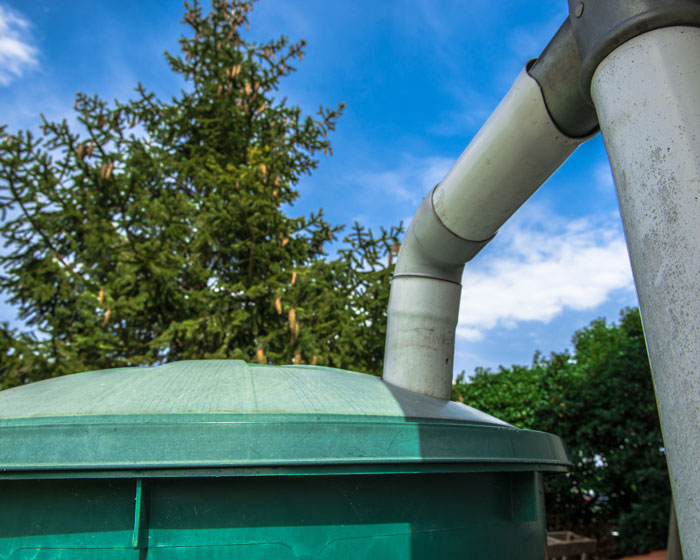
Install A Cistern
A cistern captures storm water runoff like a rain barrel, but at a larger volume. Captured water may then be used for irrigation or grey water purposes.
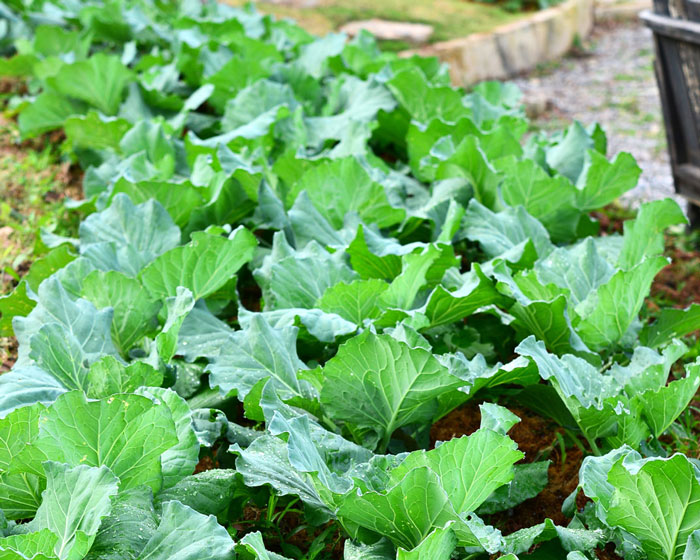
Install A Rain Garden
A rain garden collects storm water runoff and allows it time to infiltrate into the soil, rather than traveling over an impervious surface such as a gutter, which may contain chemical pollutants and/or debris. The inclusion of native plants will help stabilize the soil and a barrier consisting of rocks or bricks will help the water pond.
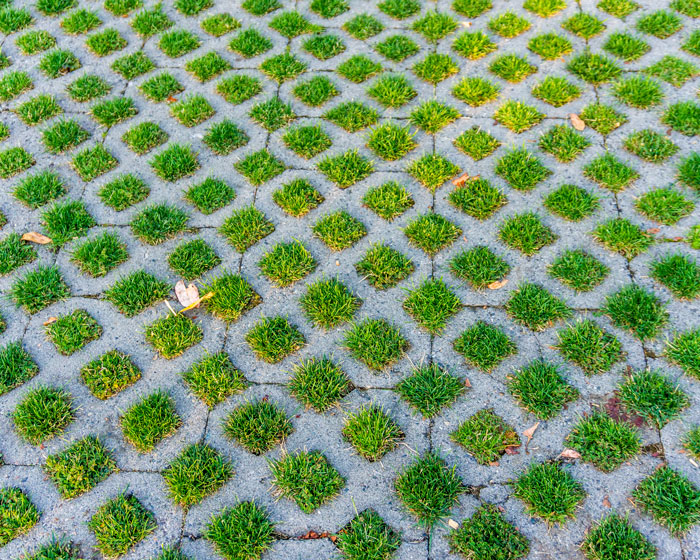
Install A Pervious Walkway or Driveway
Decreasing the number of paved surfaces on your property will limit the flow of water over non-porous areas which can collect chemicals and sediment. If practical, replace the paved surfaces on your property with one that allows water infiltration and plant vegetation near the front of your yard to capture chemicals and sediment that may otherwise enter a storm drain inlet.
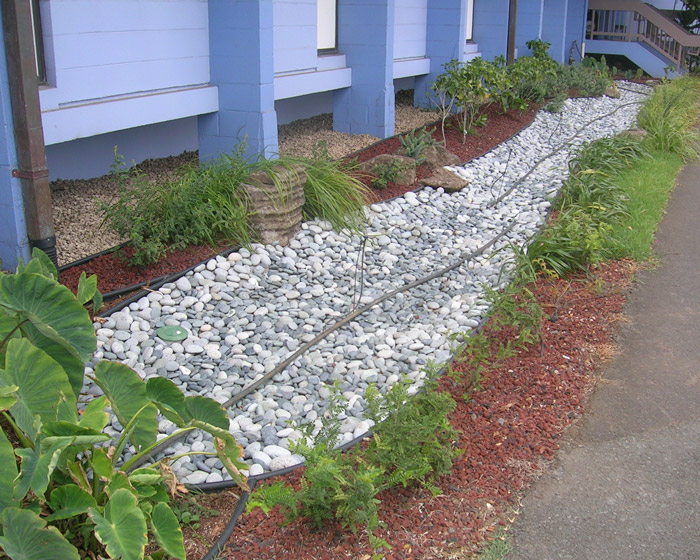
Install A Vegetated Swale
A vegetated swale, also referred to as a bioswale, slows down storm water runoff and allows it more time to infiltrate into the soil and filter out any sediment or chemicals, offering a great alternative to a gutter or curb drainage system. Also, they can include a variety of grasses, shrubs and/or trees and can be easily incorporated into a landscaping project.
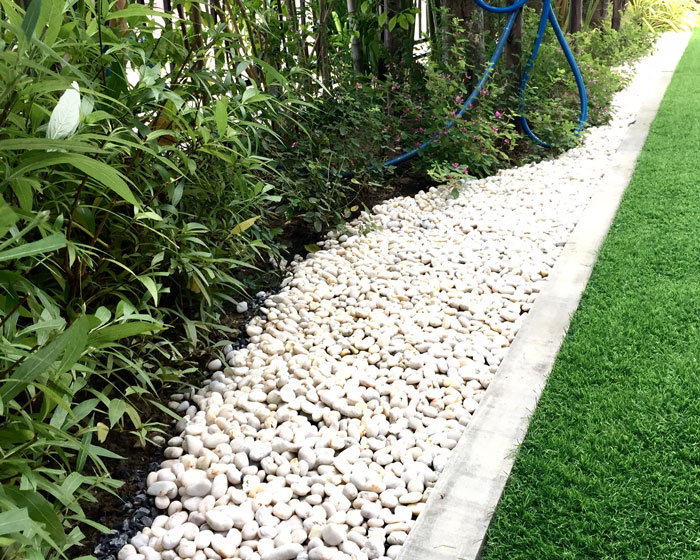
Make Property Sustainable
Implementing a combination of any of these steps will help prevent storm water pollution from entering the nearest stream or ocean. With proper planning, storm water can be naturally absorbed by your property through a combination of diverting it into a rain garden and increasing the number of porous surfaces on your property, as well as planting native shrubs and trees. Getting to know your property, household appliances and chemicals, as well as your habits is the first step in preventing storm water pollution and becoming a sustainable member of your community.
